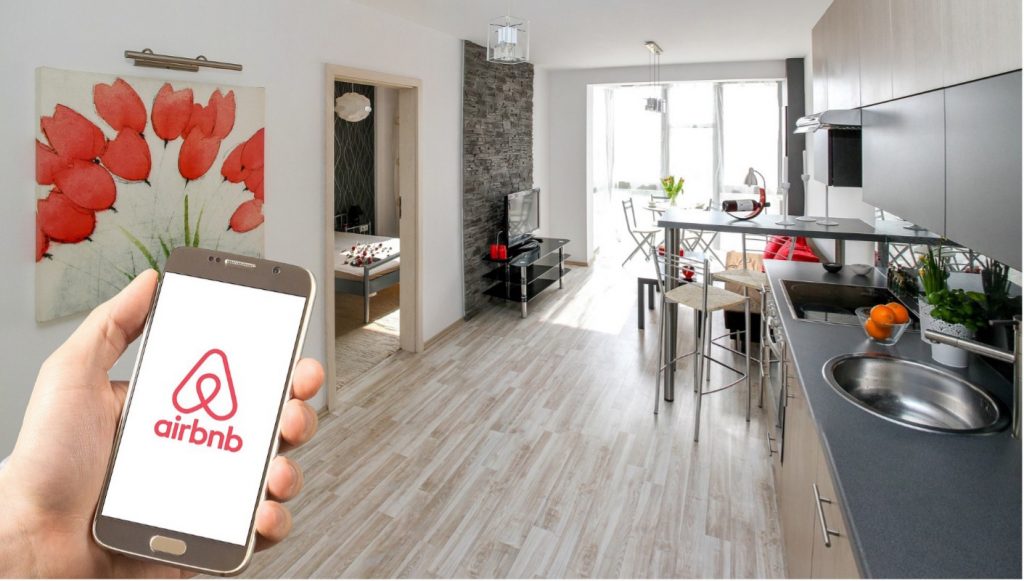Insights from The Blue Ocean Strategy professional training

Don’t compete, value innovate!
Imagine markets as a universe which is composed of only two oceans, one is red, and one is blue.
When the market is crowded, it is limited by its set boundaries, full of commoditized products/services, supply is more than demand, companies try to get a bigger share of a shrinking pie, the competition gets fierce, companies try to eliminate each other from the market to reduce this intense competition over customers, this elimination which is also called: The cut-throat of the competition, makes the ocean bloody, that is where the term “Red Ocean” comes from.
When markets get crowded by similar products/services, in an attempt to differentiate themselves and increase sales, companies go for customized & tailored products/services, and for finer segmentation of their current market.
By doing so, they actually work on the differences among buyers, but they risk creating a very small market niche.
The solution: Is to not play be your competitors’ rules, you need to swim away from this bloody crowded red ocean and create your blue ocean, a new market space, where the market limited boundaries are not defined, and the competition rules are not set because the competition is irrelevant!
But is it possible? To create your own market space? Especially for a small business or a start-up? Absolutely yes!

It is through a process called: Value Innovation, but what is it?
It is creating an offer that is based on the increase of value delivered to your customers and for your company while keeping your cost structure low through organised methods and a systematic process to eventually create your blue ocean strategy.
The blue ocean strategy takes five systematic steps to create, an organized process that it’s order must be respected so you can create a solid business model that is commercially viable and has high potential for success :

Among the process and steps to create your own blue ocean innovative strategy, is to NOT compete for existing customers but to widen your market and create new demand, that can be done through identifying and attracting your non-customers.
In any market, most companies focus only on the buyer (The person who pays for the product/service), even though there is a chain of buyers involved in the purchasing decision, which you can attract to expand your market, through a systematic approach which will help you in identifying, analysing, and attracting those potential customers (non-customers for the time being):
1: Potential customers: Closest to your market:
This is the most important category in this section, and companies confuse them with existing customers, while in fact, they are on the edge! Waiting to jump out of the ship.
2: Potential customers: Who refuse to use your products/services:
Those buyers see your product/service as an option, but they opt against it for some reason or the other.
3: Potential customers: Who are the farthest from your market:
Those are the buyers who never thought of your product/service as an option in the first place, they have wants/needs to be fulfilled but they choose a different market/ industry’s products/services to fulfil them.
Each category has different needs, each view your offering from a different perspective, once you understand them fully, understand their pain points, remove them, you can create an offer that is built on what they have in common, not their differences.
Once you have identified your new market, now, it’s time to go through the systematic process of creating an offer that provides the buyers with exactly what they need, removes their pain points, and lower your cost structure at the same time which allows you to offer your product/service to buyers at a strategic price that is accessible to the mass of the market.
Among the steps of doing so, is to develop strategic options that achieve differentiation and low cost simultaneously, you can do so by answering four important questions:
What can you eliminate from your product/service that everyone else in your market offers?
What can you reduce your investment in, compared to other companies in your market/below the industry standards?
What can you invest in more, compared to other companies in your market/above the industry standards?
What can you create that is new to your market?
The elimination and reduction parts, reduces your cost significantly, while the increase and the creation actions will increase the value you provide to customers, increase your sales accordingly, and hence, increasing your profits while building a name in the market and a reputation & buzz for your brand that won’t make imitation as easily, among other reasons.
To explain this in a simpler manner, let’s take a look at a practical example of a famous mega company, Airbnb!

In 2007, three friends decided to rent out air mattresses in their apartment to attendees of a conference because all of the hotels in the area were fully booked, their main goal was to make some extra cash to help out with their rent.
Little did they know that in just few years, this idea was going to be the start of their company, the disrupter of the hotel industry in most countries around the globe!
Little did they know that they would become Airbnb!!
That one-time experience, offering air mattresses to that conference attendees, opened the door for those three friends to a great idea! Attracting the non-customers of the hotel industry to become customers, but how?
Airbnb thought of creating an offer that first, offer low-cost solutions for people who are on a low budget or students, who are looking for a place that is safe and affordable to spend their night/ trip.
Those were the main pain points which were addressed by Airbnb’s founders: A place that is as safe as hotels but cheaper than them.
They created an offer that is cheaper than comparable sized hotel rooms and /or provide more value (What guests get in exchange of what they have paid), which includes: amenities, washing machines, breakfast etc.
Plus, they have a unique experience, as they explore the city/country throughout its locals, which provides authenticity and personalised offer that is not provided by hotels.
By creating this low(er) cost, safe solution, Airbnb was able to attract the non-customers of the hotel industry to become customers, as they were refusing to stay at hotels, because they can’t afford it, and they had to resort to other services such as couch surfing which may not be as safe as hotels in certain parts, or hostels where they need to share the room/sleeping areas with other people that they don’t know.
So, by removing those pain points, those non-customers rushed to the hotel industry by using Airbnb, and the rest is history.
Many mega companies present today, started very small, including Airbnb as we saw, their success didn’t happen overnight, nor they started with a big budget, for example, they had a rough start due to the poor quality images included in their listings, as most home owners weren’t professional photographers, so Airbnb though of a solution that solve this issue, which is to hire professional photographers to take shoots of the homes and the apartment listed on their platform.
Airbnb with their innovative blue ocean strategy, they were able to be in the place where they today, not by playing by the leaders in the hotel industry’s rules, which is a game they would have almost never won, because how each market compete is based on the rules defined by the leader, the big corporations who set those rules based on their skills, financial resources and competences you as a small business owner may not have yet.
Airbnb was able to generate revenues around 3.3 billion euros in 2020.
To learn, step by step how to create your own innovative blue ocean strategy, regardless of the size of the company or the project that you are embarking on, register for our 12 hours blue ocean strategy training.
You can follow the link below, which is a direct link to our training that is listed on the French government website (Mon Compte Formation), and you can finance the training through your training budget on your CPF (everyone who works in France has an account)!


Learn more about the training: https://proprofitzone.fr/professional-trainings/
Got questions? Get in touch: eman-hassan@proprofit-zone.com